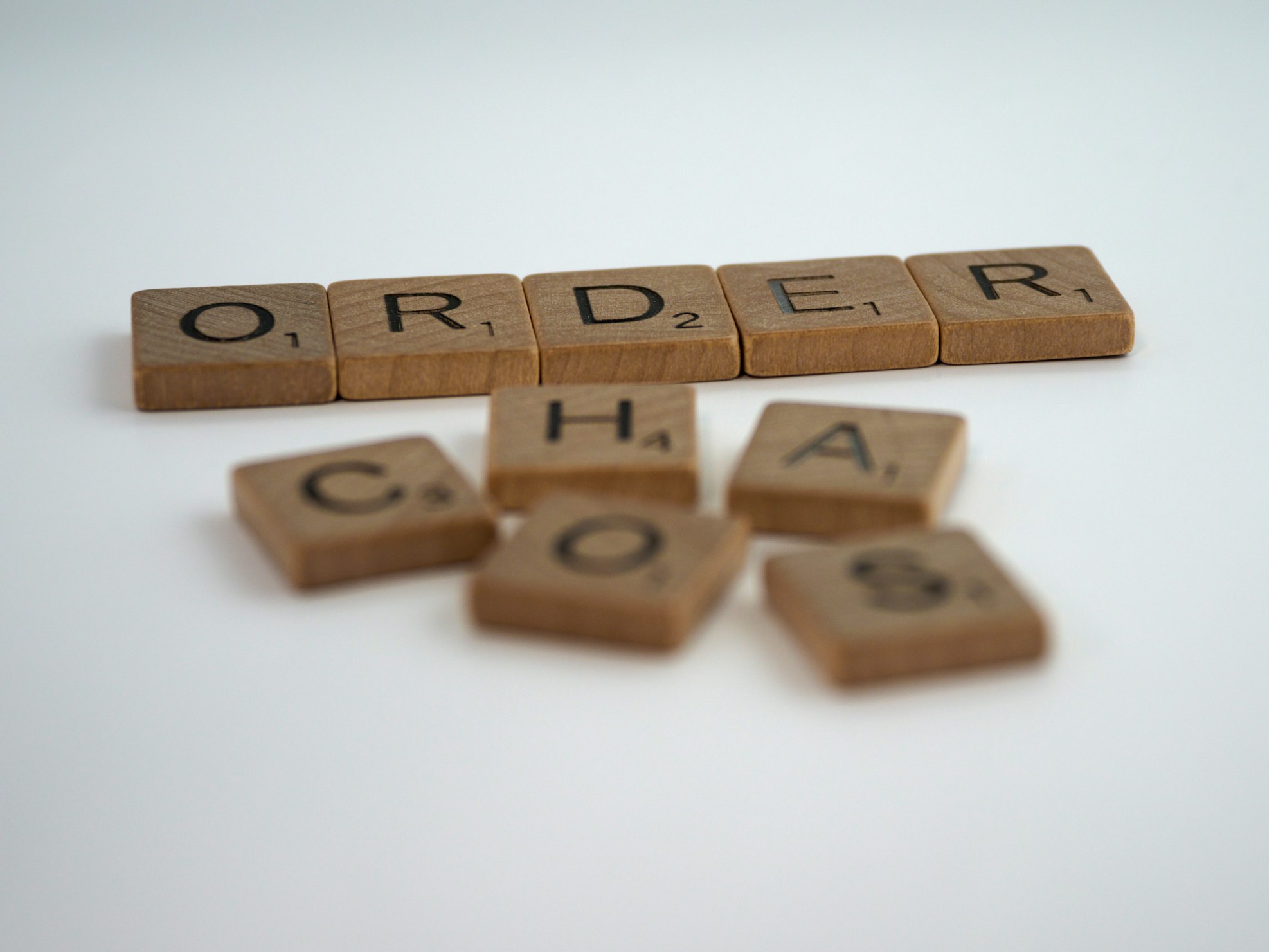Dividend Reinvestment Calculator
Estimate the growth potential of reinvested dividends. Plan smarter for long-term investment success.
Why Even Bother With Dividend Reinvestment?
When you reinvest dividends, you're compounding, a crucial aspect of investing. That's what matters.
Let's say you start with a dollar and double it daily for 30 days, that's $30 if withdrawn daily. But if you reinvest (compound!), you'll have over a billion dollars after 30 days. See how powerful compounding is?
I'd argue compounding surpasses high returns. The end result may be superior. For instance, with just a 10% gain on the dollar, that's still about $490 profit versus $30 without compounding.
So you'd need approximately 16 times instead of "only" doubling your money to end up with the same result as the 10% compounded outcome. Crazy, right?
These are just examples, you're unlikely to double your investment or achieve a 10% return every day. However, if you extend the timeframe to years, obtaining a 10% return becomes possible.
Dividend Reinvestment Plan Disadvantages
- You may incur buying costs: Purchasing stocks, particularly in smaller amounts, can be more expensive than buying larger sums.
- Less diversification: Reinvesting dividends might lead to less diversification in the future, increasing investment risk.
- Potential for lower returns: If you reinvest dividends solely into one stock and it underperforms, your returns may be lower than the market, resulting in greater losses.
You might hear that there are only benefits to reinvesting dividends, but the key takeaway from this advice is compounding works and is extremely powerful. It's not necessarily about reinvesting into the specific stock that provided the dividends.
- Struggling to Save? Try These 10 Money-Saving Hacks
- 13 Best Financial and Investment Calculators
- Mastering the Art of Frugal Living: A Comprehensive Guide to Smart Shopping
- A Comprehensive Collection of Investing and Financial Books
- The Ultimate List of Investing Podcasts
- Strategic Investing: Why You Should Look Beyond the Stock Market Celebrities
- The Harsh Truth About Dividend Investing
- Where to Buy Domains: Finding the Best Deals
 The AI Gold Rush: Navigating the Thin Line Between Innovation and Overvaluation in Business
The AI Gold Rush: Navigating the Thin Line Between Innovation and Overvaluation in Business- Sweet Dreams: 7 Smart Sleep Investments for a Restful Night.









